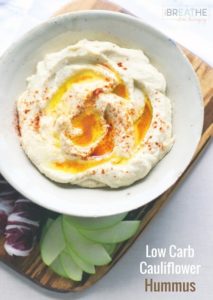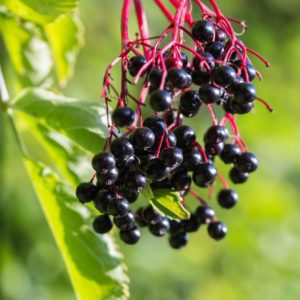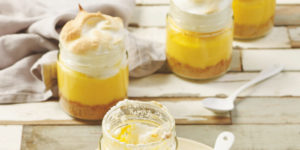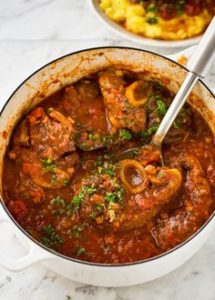I have been missing hummus in a major way lately, and finally got around to trying this experiment with cauliflower to stand in for the chickpeas. I noticed recently that my low carb cauliflower puree has the consistency of hummus when cold, and thought if I added just the right ingredients I could mask the cauliflower flavor enough to convince people that it was the real thing.
- 3 cups raw cauliflower florets
- 2 Tbsp water
- 2 Tbsp coconut oil
- ½ tsp salt
- 3 whole garlic cloves
- 1.5 Tbsp Tahini paste
- 3 Tbsp lemon juice
- 2 raw garlic cloves, crushed (in addition to above)
- 3 Tbsp extra virgin olive oil
- ¾ tsp kosher salt
- smoked paprika and extra olive oil for serving
- Combine the cauliflower, water, 2 Tbsp avocado or olive oil, ½ tsp kosher salt, and 3 whole garlic cloves to a microwave safe dish. Microwave for about 15 minutes – or until softened and darkened in color.
- Put the cauliflower mixture into a magic bullet, blender, or food processor and blend. Add the tahini paste, lemon juice, 2 raw garlic cloves, 3 Tbsp olive oil, and ¾ tsp kosher salt. Blend until mostly smooth. Taste and adjust seasoning as necessary.
- To serve, place the hummus in a bowl and drizzle with extra virgin olive oil and a sprinkle of paprika. Use thinly sliced tart apples, celery sticks, raw radish chips, or other vegges to dip with.




